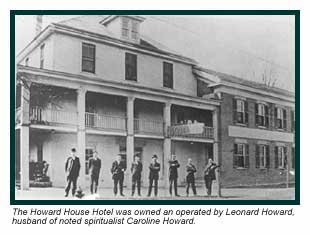Between 1840 and 1850, the downtown experienced a boom in settlement, development, and activity. Industries such as a paper mill, condensing mill, oil mill, and an iron foundry were founded. In addition, many brick homes were built in the towns historic districts of Century Corners and Old St. Charles.
The Swedish community was an early and prominent factor in the development of St. Charles. They came just ten years after the very first settlers, and proved to be hard-working, successful business people.
The Swedish Lutheran Church was a long time coming for those early settlers and proved to be difficult to keep. Local legend maintains that the community of Swedish Lutherans constructed a quaint church in 1852 where they assembled to conduct services. By the next year however, the congregation was allegedly in a bit of financial trouble. The landlord was an Irishman named Marvin, and in Easter 1853, he took the church back from the Swedes, literally. Apparently the congregation could not pay rent for the church, and overnight, it was taken from the premises never to be found again. When the parishioners arrived to worship Easter morning, what they did not find was their quaint little church waiting for them.
The Irish emigrated to the United States because of devastating social conditions in Ireland, due to the potato blight. They survived in the United States because of the need for manual labor in the Midwest during the 1860s. As a result, they were employed mostly as canal diggers and railroad workers.
Not all of the Irish were of this working-class, however. Dr. H. M. Crawford, a native of Northern Ireland, arrived in town in 1848. Born in Belfast in 1820, he went to school in Belfast, Glasgow, Dublin, and Edinburgh. He ran a successful practice in St. Charles and aided in preventing the spread of the Swedish cholera epidemic in July 1852. Though not an American by birth, Dr. Crawford served in the United States Army during the Civil War as a surgeon.
As a stop over between Chicago and DeKalb, hotels played an important part in the town. In addition to room and board, they also served as gathering places for local organizations, political rallies, balls and dances, and recruiting offices for the United States Army. There may have been as many as 17 hotels in town between 1838 and 1930. Some early hotels include the Burchell Hotel, the Howard House, White Front, and the Franklin Hotel.
The Burchell was the first hotel in St. Charles and was founded by J.R. Burchell. The Burchell Hotel (later called the St. Charles Hotel) was built in 1838 on the southeast corner of 1st Avenue and Main Street where the Arcada Theatre stands today. Many community activities centered in and around the hotel which functioned until around the Civil War.
The Howard House Hotel opened in 1848 and became the spot of many military balls and holiday parties in the following twenty years. The hotel was surrounded by a large balcony from which local politicians and orators impressed or dulled the citizens of St. Charles. During the Civil War, the recruitment offices for the 8th Illinois Cavalry were stationed there.






